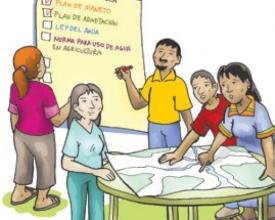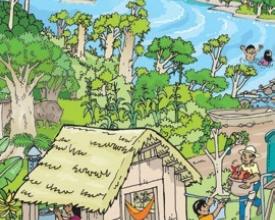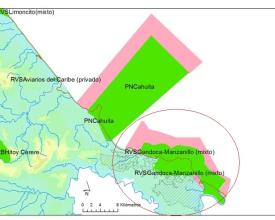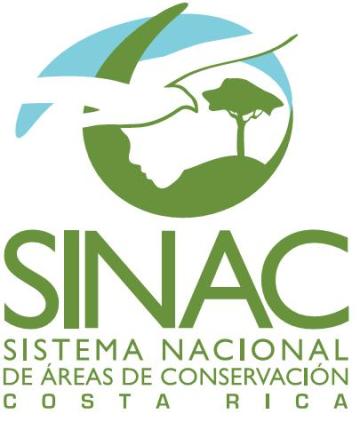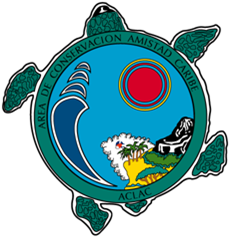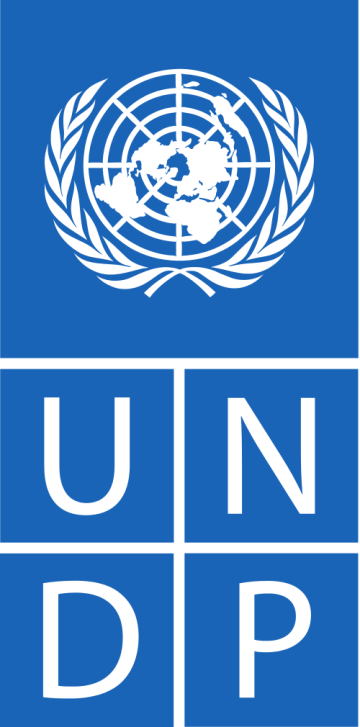
Coastal Communities combat Climate Change
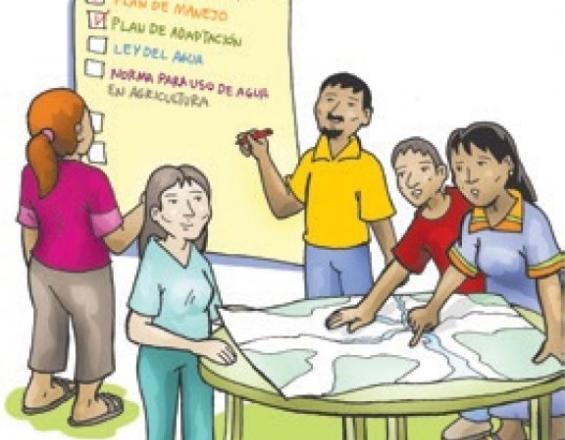
In Costa Rica there are many buffer zones around protected areas with high biodiversity values, high potential for the implementation of adaptation strategies based on natural solutions, and in which "conservation gaps" are present. This solution sought to enhance the participatory management of the Gandoca Manzanillo Wildlife Refuge (GMWF), on the Caribbean coast of Costa Rica, by noting the importance of social capital in strengthening the resiliency of local communities and stakeholders.
Context
Challenges addressed
Location
Process
Building Blocks
Focal management targets
Conservation actions, or “focal management targets”, for areas around the GMWR were identified and prioritized using biological data as well as social perceptions on the status and importance of these targets. Perceptions are shaped by the degree of reliance, both current and historical, that local actors have on those targets. The prioritization exercise also considers key characteristics such as ecological values, representativeness, capacity to influence other focal management targets, threats, and relevance to local livelihoods improvement, and serves as a guide for resource designation while also helping to bring local concerns closer to protected area / buffer zone management goals. The threats affecting each target were also identified and assessed by experts and communities alike.
Enabling factors
- Local and national experts are knowledgeable of the site.
- Scientific and empirical knowledge is available.
- There is management authority with staff on site responsible for management.
Lesson learned
Introducing the concept of “focal management targets” with experts and local people took some time and explaining, but helped to integrate both the technical and local empirical knowledge available. Recognizing the value of the knowledge held by locals regarding the status and importance of the “focal management targets” and their threats facilitated their participation and engagement in the process.
Social indicators
The effectiveness of natural resource conservation in protected areas is closely and directly linked with the effectiveness of communication and stakeholder coordination strategies. However, social rapprochement efforts often occur within the limits of protected areas, without taking into consideration actors located in the areas of influence or buffer zones. For GMWR and its surrounding “conservation gap areas”, it was important to assess and improve the effectiveness of the current communication strategies and to build trust to facilitate dialogue concerning the protected area. For this, a new methodology was developed, using a set of 6 positional and global indicators based on the social role of each actor (nodes). The information was collected through several participatory activities, such as community workshops, and individual consultations with local community leaders and government representatives. The data were analyzed with UCINET and Net Draw mathematics and graphics programs. Each activity had the objective to review and update progress made, and to reach agreements on next phases; these iterative steps augmented the sense of transparency and openness of the process being conducted.
Enabling factors
- Local and sub-regional communication and coordination networks.
- Organized community groups existing in the area.
- Interest from communities and government in understanding the characteristics of their current social networks.
- Willingness and experience of local stakeholders to cooperate.
- The management authority recognizing the need of local engagement.
- Scientific and empirical knowledge is available.
- Management authority and staff on site are responsible for management.
Lesson learned
- Building trust with the local people increased their willingness to engage, and stay engaged, in the process.
- Measuring social activity, levels of trust from others towards each social group and the social group’s power to intermediate, are three key variables that can help assess the social role of stakeholder groups.
- It is possible to measure the intent of stakeholder groups to build partnerships with other groups in the area. Some groups place their efforts in partnerships with groups outside the area (national or international levels); only a minority of groups has a positive intent to build partnerships amongst themselves.
- There is an urgent need to understand the importance of social connectivity and the characteristics of communication and cooperation networks.
- Community workshops are a good means to foster engagement and also build capacity by creating awareness and sharing information. It is best when these workshops do both, offering and capturing information.
Communication and coordination networks
The approach applied in GMWR will allow the integration not only of scientific and community-based information, but also of local perceptions (that historically tend to be relegated to a secondary plane) on prioritized focal management targets and into the characterization of forms and means of local communication. These social aspects can now be integrated into official management instruments, as essential elements of the strategy needed to address the conservation gaps around GMWR. For such a strategy to be effective, it must encompass a public participation strategy that is designed on the basis of the above findings (4.1 and 4.2). In turn, for this participation strategy to be robust and responsive, it should consider the quantitative and qualitative analysis of existing communication and coordination networks, and should propose means to strengthen and consolidate these networks. This is crucial, given the finding that there is a direct correlation between the density and power of social networks in coastal communities, and the effectiveness of conservation actions in these areas.
Enabling factors
- Local and sub-regional communication and coordination networks.
- Collaboration and commitment of actors in every project phase.
- Prior experiences in social participation carried out in the area, the results of which facilitated a comparative analysis of the strengths and weaknesses of those processes.
- Willingness a experience of local stakeholders to cooperate.
- The management authority recognizing the need of local engagement.
- Scientific and empirical knowledge is available.
Lesson learned
- While ecological connectivity is key to these ecosystems, social connectivity and coordination is vital for improving the management and status of the protected area.
- Results revealed interesting findings regarding networks that foster participation:
- These can be influenced not only by social and socio-environmental dynamics within the limits of the protected area, but also by the characteristics of external networks with which its integrants are connected.
- The networks built on weak, informal or flexible linkages are, in the majority of cases, important potential generators of social capital, indispensable for enhancing participation processes.
- Participation networks with high degrees of centralization are vulnerable to disintegration due to external or internal perturbation factors. For this reason, strengthening of leadership capacities and promoting facilitator nodes is clearly important.
Impacts
Through the implementation of an innovative tool to assess and enhance communication and partnership building among local stakeholders, the establishment of communities that are more resilient to impacts from climate change is expected. The communities are actively engaging in the identification of activities to reduce vulnerability to climate change, with the derived benefits to the GMWR. It is expected that the communities continue engaged in the implementation of the jointly identified conservation actions and remain committed to keeping new partnerships alive. Thus, ensuring that social capital is built into buffer zone management strategies can offer an inspiring solution not only for biodiversity but also for the livelihoods and recognition of the knowledge held by local communities. This in turn becomes a means to build resiliency to climate change in coastal communities and ecosystems. The tool developed for GMWR offers a basis for good practice in designing participatory management strategies for other protected areas / buffer zones, as it allows for environmental solutions that are better suited to the institutional, social and ecological connectivity needs, and realities, of each protected area.
